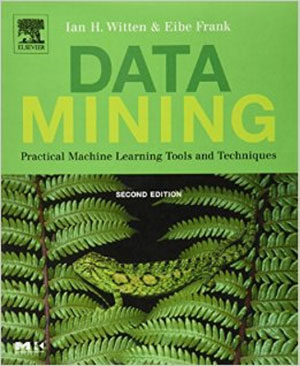 By Craig Larmer, Lead Consultant at Stellar
By Craig Larmer, Lead Consultant at Stellar
One of the great things about working for Stellar is our independence from vendors, which gives us an impartial view of technology and trends. We also get to design best-fit solutions rather than being pressured to use a particular technology, product or approach. That’s great for us and fantastic for our customers.
However there’s one area where I am getting a bit of a reputation for being unashamedly biased, and that’s when it comes to supporting New Zealand – in particular, pointing out New Zealand tech successes.
We’ve been lucky enough to help a few New Zealand companies as they take on the world. Global Dairy Trade, EROAD and Reckon are all Stellar clients building software for global clients.
We’ve got people from all over the world working for Stellar so, beyond the obvious charms of this country, it’s good to educate our new arrivals about New Zealand’s very important place in the data and analytics world.
One example is data warehouse automation software WhereScape. I was at an international data warehousing conference a few years ago and it was great to hear the Kiwi accents of the WhereScape guys in the exhibitor hall.
 It doesn’t stop there though. I remember many years ago researching some data mining techniques. My online research all pointed to one book as the leading source of information. It was referred to as “the green book”.
It doesn’t stop there though. I remember many years ago researching some data mining techniques. My online research all pointed to one book as the leading source of information. It was referred to as “the green book”.
This book was recommended by engineers from leading web companies such as Google and Amazon that were struggling at the time to make sense of “internet-scale” data.
It turns out “the green book” is actually Data Mining: Practical Machine learning Tools and Techniques, written by staff of the Machine Learning Group at Waikato University.
They also wrote the Waikato Environment for Knowledge Analysis (WEKA) java library which is a popular toolset for applying machine learning algorithms as well as a standalone application. That’s a bit of Kiwi cleverness being used by some of the biggest companies in the world.
One of New Zealand’s other rising stars is the R statistical language. This was developed at Auckland University and is one of the most popular statistical programming languages. It has a wide array of uses in exploring, visualising and making sense of data, and has an active community supporting it.
Also, many commercial data and analytics applications are embedding R to leverage the capability and skills available. A good example of this is Microsoft who have embedded R into SQL Server and PowerBI as well as producing their own R server and packages.
Well, that’s probably enough nationalism for now. I’m off to grab a slice of pavlova (that’s ours too!).
Pavlova photo: William Brawley on Flickr




